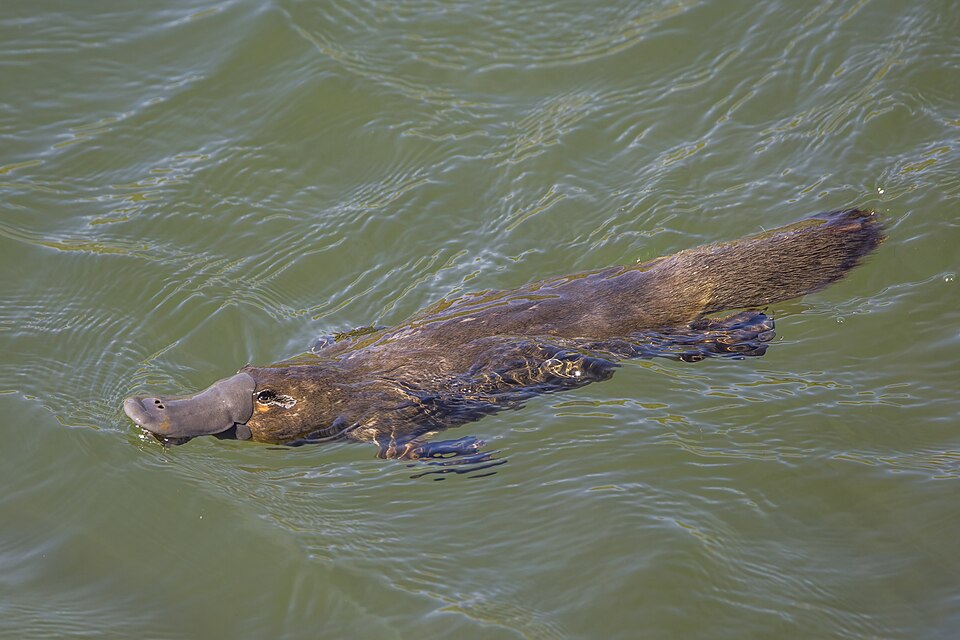Introduction
The platypus (Ornithorhynchus anatinus) is among the most unusual creatures on Earth. Native to eastern Australia and Tasmania, it has fascinated scientists and the public alike since its discovery by Europeans. With its duck-like bill, webbed feet, and egg-laying habits, the platypus stands as a living testament to the wonders of evolution.
Discovery and Early Confusion
The first European encounter with the platypus occurred in 1798, when British settlers sent a specimen to England. Scientists were baffled—some believed it to be a hoax, suspecting a taxidermist had sewn a duck’s bill onto a beaver-like animal. It took years before the scientific community accepted the platypus as a real, naturally occurring species.
Evolutionary Riddle
The platypus is a monotreme, a rare type of mammal that lays eggs instead of birthing to live young. Alongside echidnas, it is one of only two types of monotremes still living today. Its evolutionary lineage diverged from other mammals around 250 million years ago, making it a window into early mammalian history.
Indigenous Australian Knowledge
Long before European scientists puzzled over the platypus, Indigenous Australians had rich knowledge and stories about the animal. In Aboriginal Dreamtime stories, the platypus is often a symbol of uniqueness, adaptability, and the blending of different worlds.
Role in Science
The platypus has played a significant role in the study of evolution and genetics. Its ability to lay eggs, produce milk, and possess venomous spurs in males challenges traditional definitions of what it means to be a mammal. In recent years, the sequencing of the platypus genome has provided new insights into mammalian evolution.
Conservation Status
Although the platypus is not currently endangered, its populations face threats from habitat destruction, water pollution, and climate change. Conservation efforts are ongoing to ensure this remarkable animal continues to thrive.
Conclusion
The platypus remains one of nature’s most intriguing enigmas. Its history—both in the natural world and human culture—demonstrates the enduring power of curiosity and discovery. As research continues, the platypus reminds us that the natural world is full of surprises, waiting to be understood.
Discover more from TheHubBuzz.com
Subscribe to get the latest posts sent to your email.

